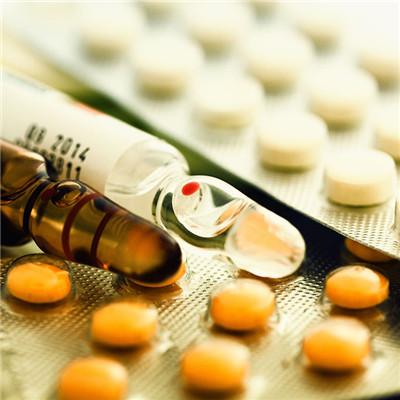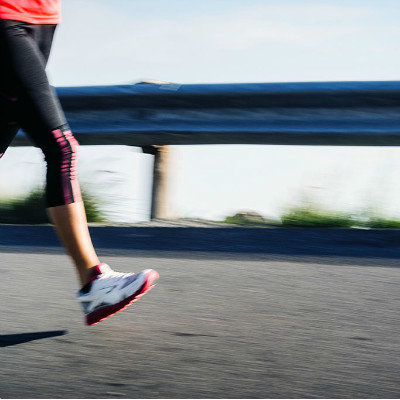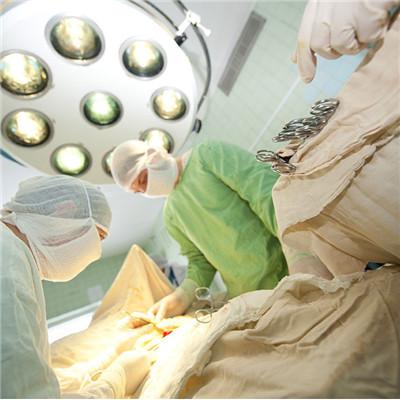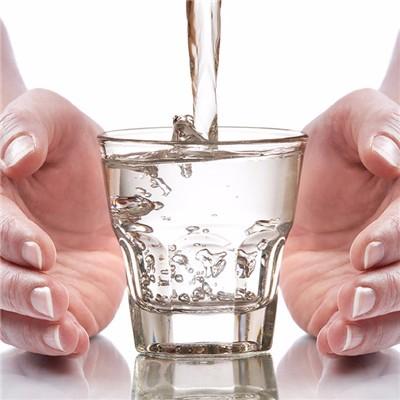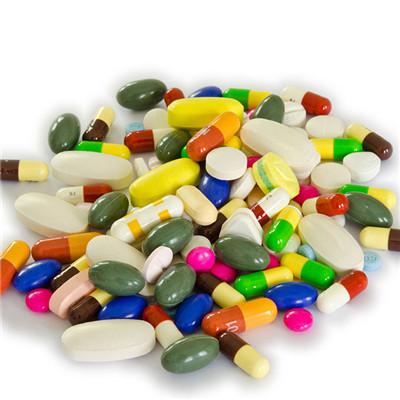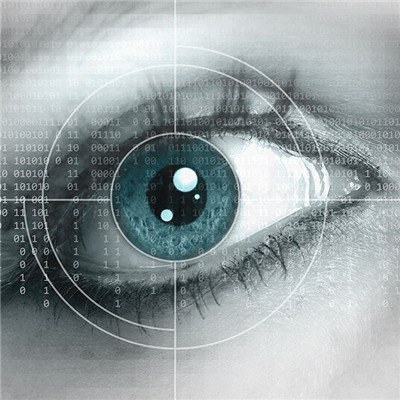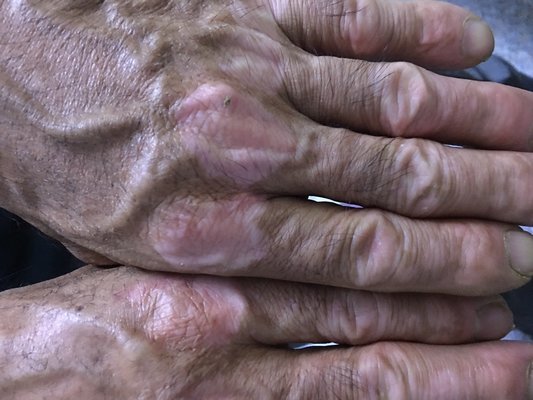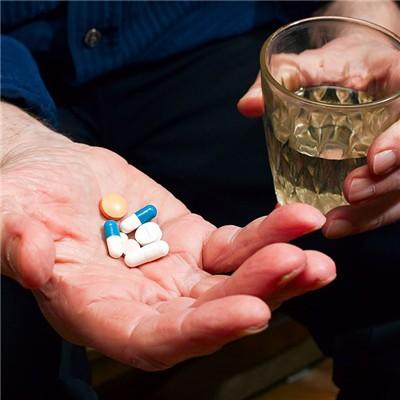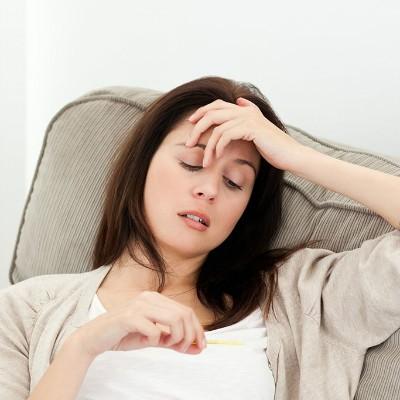How did long spur do?
summary
With the growth of people's age, the place around the joint that contacts with soft tissue will bear pressure for a long time, causing the wear and damage of cartilage, thus stimulating the proliferation of periosteum, and gradually forming lip like bony processes at the edge of the bone, thus forming osteophytes. The formation of osteophyte is a natural degradation phenomenon in the process of human bone aging. How did long spur do? Next, I'd like to share my views with you.
How did long spur do?
First, surgical treatment is generally not the first choice. When osteophytes produce serious symptoms, such as limb pain and numbness, affect the corresponding joint function, we should consider surgical treatment. The main method of surgery is to remove the osteophytes, relieve the stimulation of osteophytes to nerve or soft tissue, so as to achieve the purpose of relieving pain and improving function.

Second: drugs: taking anti-inflammatory and analgesic drugs; Physical therapy: hot compress, ultrasound, electrotherapy, infrared and traction, etc; Rest: reduce the activity of diseased joints, and rest in bed during acute pain period; Rehabilitation exercise: appropriate exercise to improve muscle strength, so as to reduce joint load.
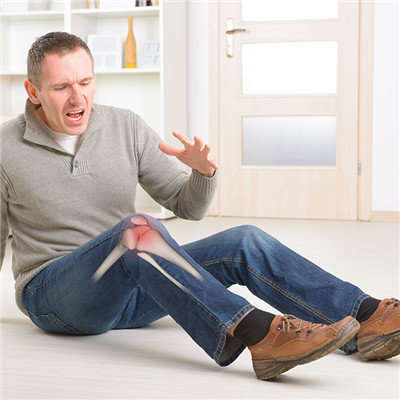
Third: acupuncture, massage and cupping can relax muscles and improve local blood supply, which will make people feel comfortable, but it has no therapeutic effect on osteophyte itself and will not make osteophyte disappear. Exercise can not eliminate osteophytes, but improper exercise will increase the occurrence of osteophytes. For the treatment of osteophytes, especially in the acute pain period, experts recommend more rest.
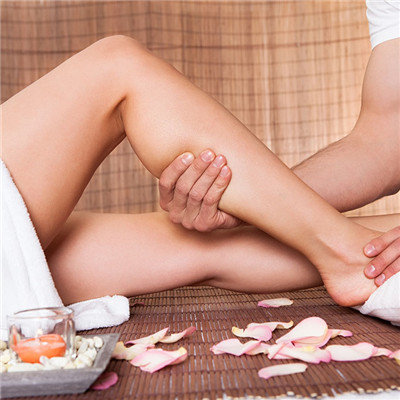
matters needing attention
1. Proper exercise: strengthen the strength of bones and muscles. 2. Weight loss: overweight people need to lose weight to reduce the load on their joints. 3. Avoid bad posture. 4. Rest: avoid overwork, and stay in bed during acute pain to relieve pain. 5. Reduce excessive load.
